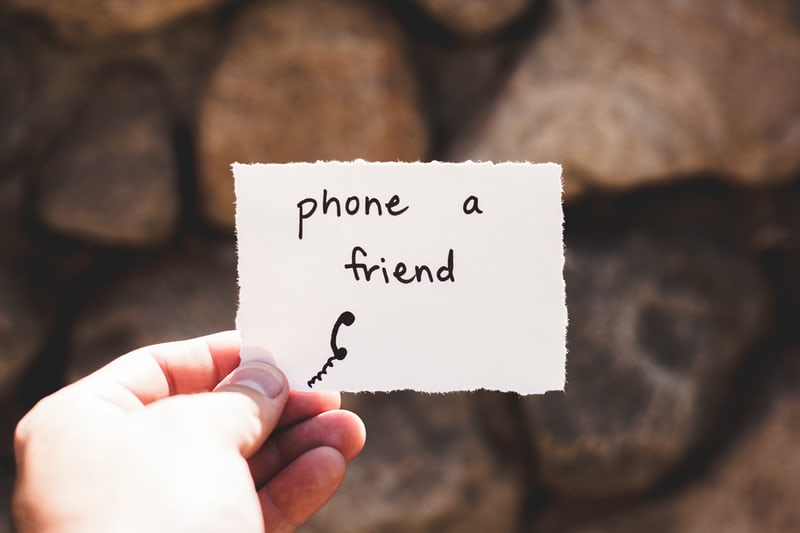
Don’t let corona become our only story
Don’t let corona become our only story What impact can the corona crisis have on our mental health? Besides the

We are known for not avoiding working in conflict zones. We initiated several projects in occupied territories where, for example, we train Israelis and Palestinian youth in telling their stories in order to initiate or improve the dialogue between the two groups. In the Netherlands (and beyond) we also organise annual storytelling workshops for young people in conflict situations and we work on cohesion in different neighbourhoods.
In the above projects, people are in situations where our help is urgently needed. But because we want the change to be lasting, we also use our storytelling workshops as a preventative measure to encourage diversity, so that fewer conflicts take place than before.
We do this by connecting young people and the elderly, by allowing people from different cultures to listen to each other and by using a bottom-up approach to change making.
Although stories about the other are certainly used to spread fear, it is a fact that sharing stories with each other leads to connection. ‘The enemy is the one whose story you don’t know,’ said Gene Knudsen Hoffman years ago and she was right. In doing so, she underlines the importance of sharing stories and listening to each other, certainly in a society characterised by diversity and differences (and sometimes even tensions).
We therefore mainly work in groups, with the aim of creating mutual understanding. Wherever we go, we also train participants in our method. So that they continue to use storytelling for connection in their immediate environment.
This introduction to connection is just a small example of how storytelling contributes to connecting people. Check our blog posts about connection for more information about how storytelling can close generation and culture gaps and create change makers.

Don’t let corona become our only story What impact can the corona crisis have on our mental health? Besides the

Getting through the crisis with stories! In these absurd times it is important that we keep seeing each other. Physically

Four benefits of storytelling to connect different age groups Storytelling is a strong means of initiating communication between individuals and

Changemakers: It’s the small big stories that are important In a time of harsh words and radical language, the world

The Human Library: judging by listening When people aren’t strangers to each other and treat each other with benevolence, this